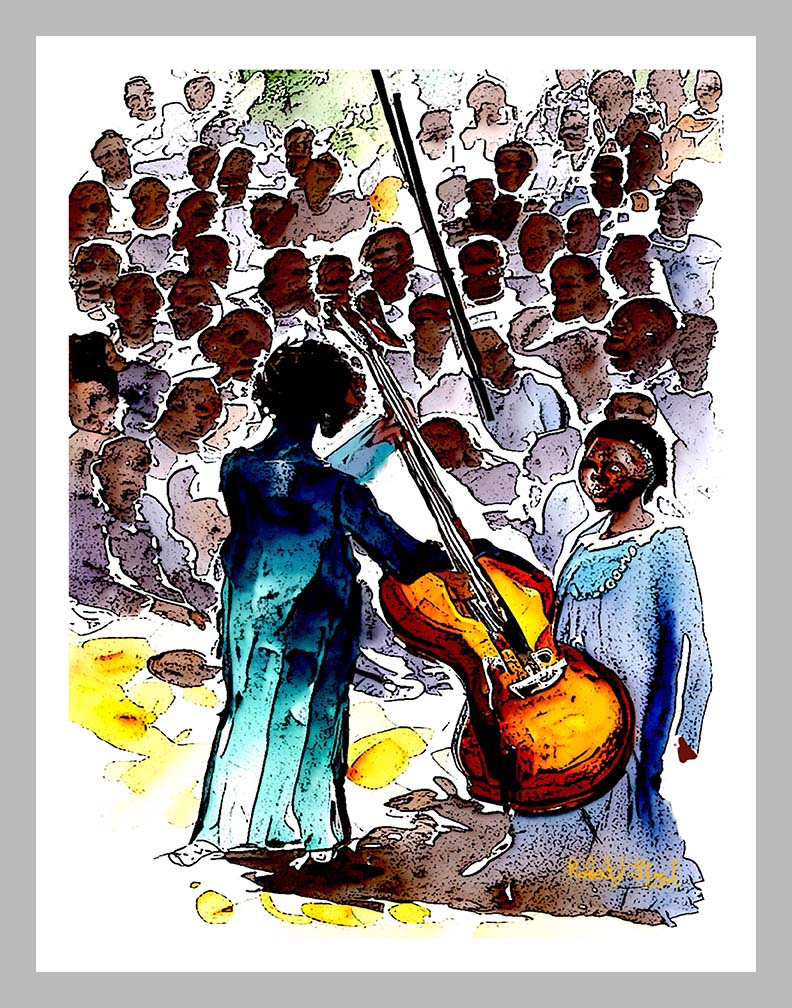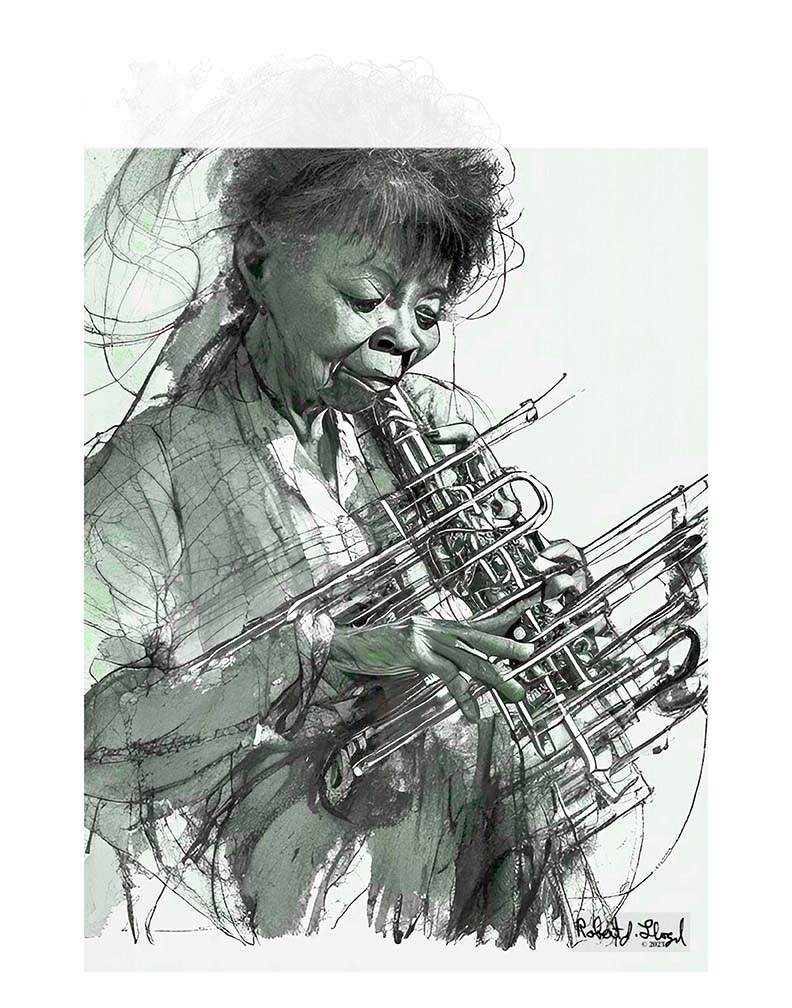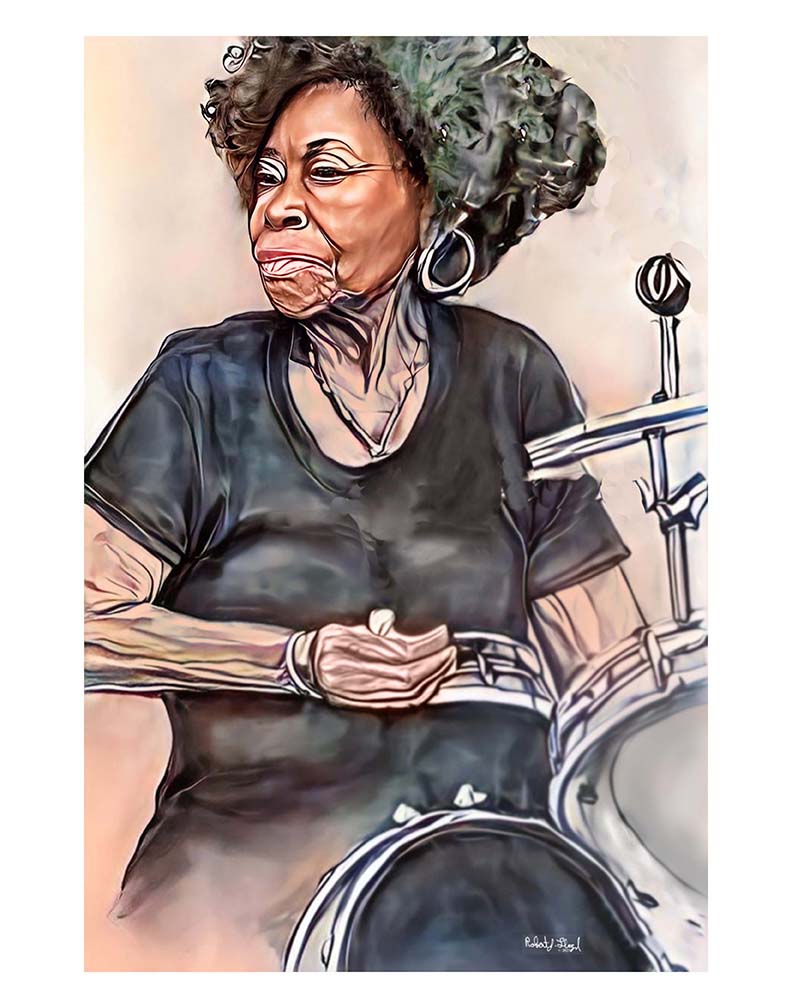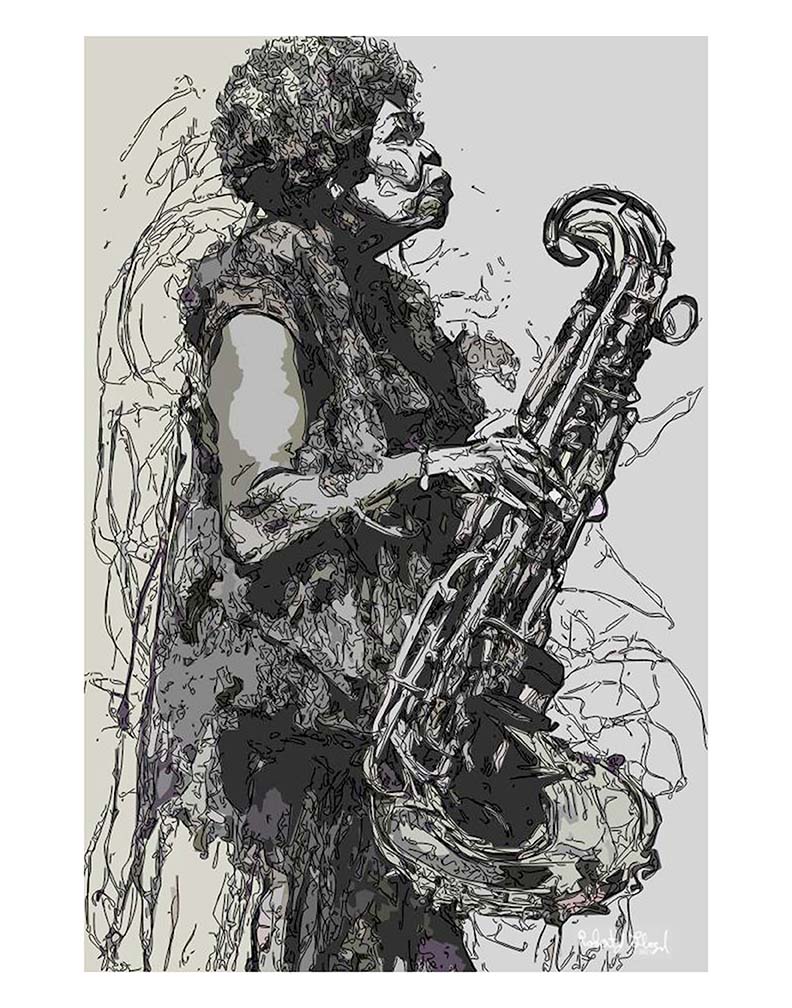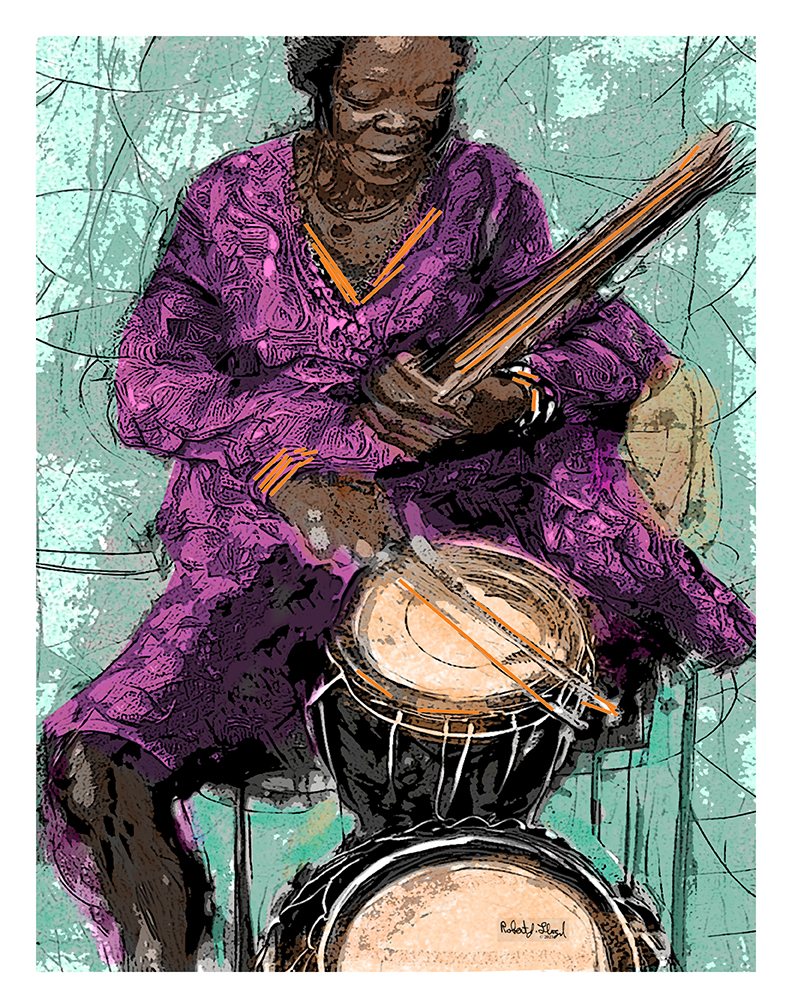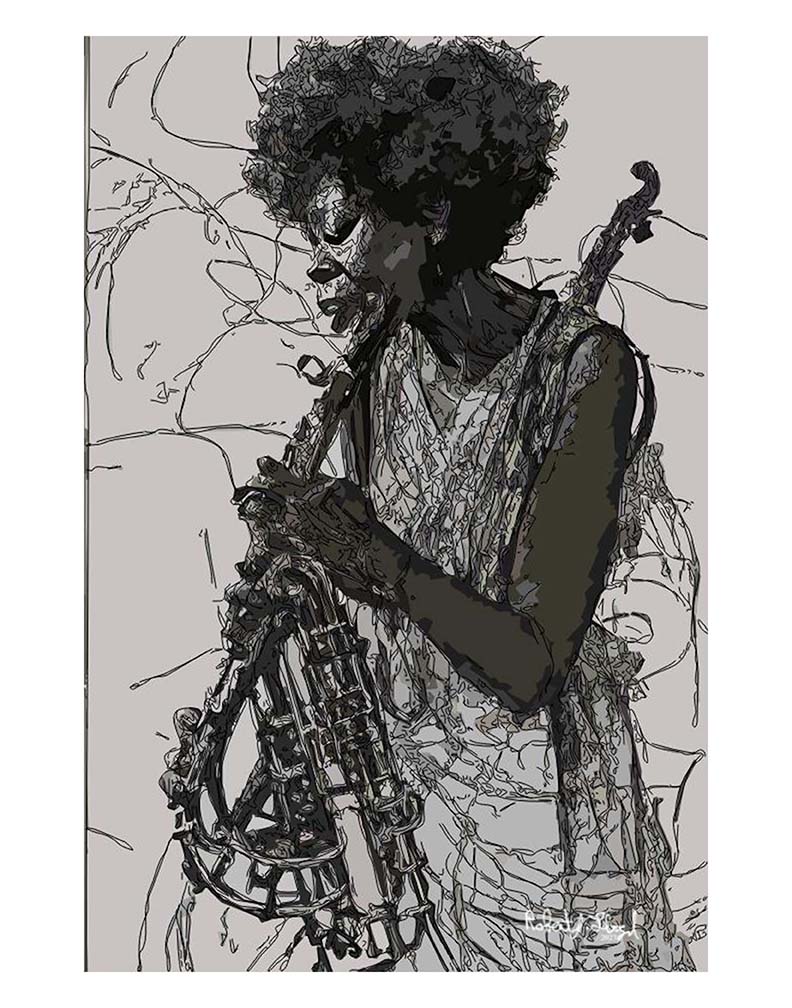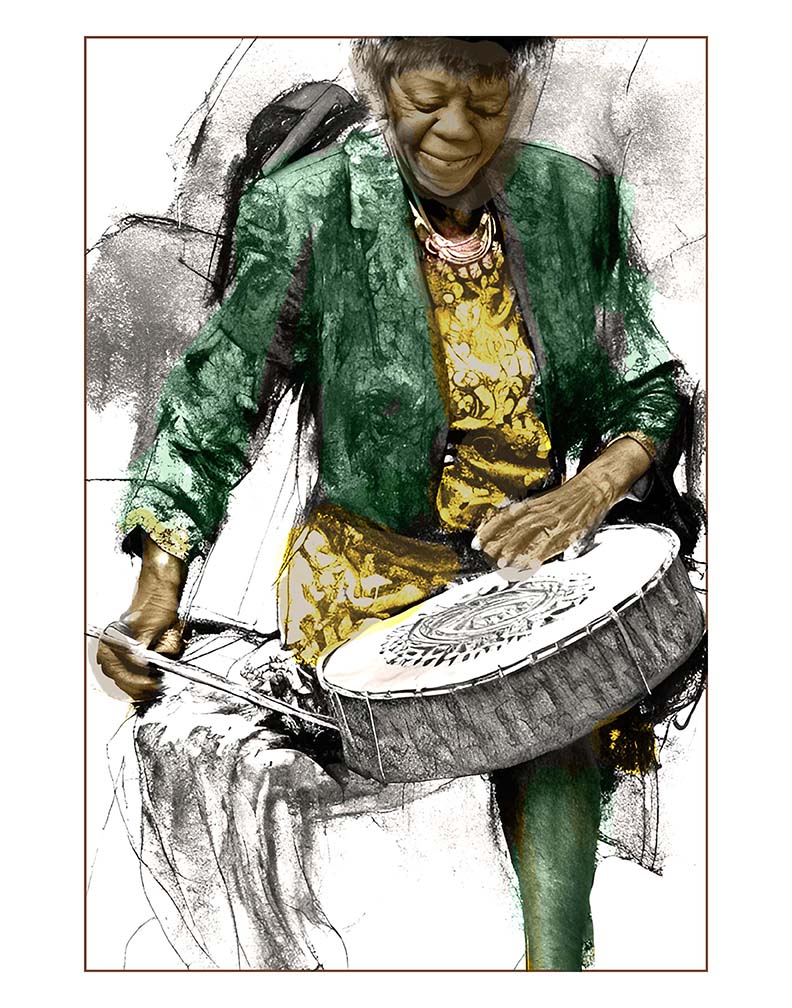The years between 18 and 25 are critically important for an individual’s future life experience, particularly in the context of political activism. This period, often referred to as “emerging adulthood,” is a pivotal time for brain development, personality formation, and the establishment of long-lasting civic engagement patterns. Let’s explore the significance of these years for political activists in detail:
Neurobiological Development and Decision-Making
During the ages of 18-25, the brain undergoes significant changes that are crucial for political activism:
- Prefrontal Cortex Maturation: The prefrontal cortex, responsible for higher-order cognitive processes such as planning, impulse control, and decision-making, continues to develop well into the mid-20s [1]. This ongoing maturation is essential for political activists as it enhances their ability to make informed decisions, plan campaigns, and strategize effectively.
- Emotional Regulation: The limbic system, involved in emotional processing and risk-taking behaviors, also matures during this period [2]. This development is crucial for political activists who often face emotionally charged situations and need to regulate their responses effectively.
- Synaptic Pruning and Myelination: These processes improve cognitive abilities and decision-making skills [1], which are vital for activists navigating complex political landscapes and making critical choices about their involvement and strategies.
Identity Formation and Value Systems
The years 18-25 are fundamental for shaping an individual’s identity and values, which are core to political activism:
- Identity Exploration: According to Erikson’s stages of psychosocial development, this period involves exploring various possibilities in love, work, and worldviews to develop a coherent sense of self [3]. For political activists, this exploration is crucial in forming their political identities and determining the causes they will champion.
- Self-Focused Exploration: Emerging adults often focus on developing the knowledge, skills, and self-understanding necessary for adult life [4]. This self-focus allows future activists to identify their passions and develop the competencies needed for effective advocacy.
- Value System Development: The experiences and exposures during this period significantly influence the formation of an individual’s value system, which is fundamental to their political beliefs and motivations for activism.
Civic Engagement and Political Participation
The 18-25 age range is critical for establishing patterns of civic engagement that often persist throughout life:
- Early Political Socialization: This period is crucial for political socialization, with family, friends, and institutions playing significant roles in motivating initial political participation [5]. These early influences can shape an activist’s long-term engagement and approach to political issues.
- Skill Development: Early involvement in activism during this period leads to the development of political literacy and social capital, which are crucial for ongoing civic participation [6]. These skills, acquired in the formative years of activism, often become the foundation for a lifetime of effective political engagement.
- Long-term Impact: Studies show that civic participation in adolescence and young adulthood helps develop a civic identity associated with higher levels of engagement later in life [7]. This suggests that activists who start their journey during these years are more likely to maintain their commitment and involvement over time.
Social Impact and Movement Building
The unique characteristics of youth activism during this period can have significant societal impacts:
- Challenging Norms: Young activists between 18-25 are particularly effective at deconstructing prevailing societal standards and questioning deeply rooted systems of authority [8]. This ability to challenge the status quo is crucial for driving social change.
- Innovative Approaches: With their adaptability and familiarity with new technologies, young activists in this age group often pioneer innovative methods of mobilization and communication [9]. This innovation can significantly enhance the reach and effectiveness of political movements.
- Global Connectivity: The issues championed by today’s young activists, such as climate justice, racial fairness, and gender equality, often transcend geographical and ideological boundaries [10]. This global perspective, developed during these formative years, can lead to more inclusive and far-reaching activism.
Conclusion
The years between 18 and 25 are undeniably crucial for shaping an individual’s future as a political activist. This period encompasses significant neurobiological development, identity formation, and the establishment of civic engagement patterns that often persist throughout life. The experiences, skills, and networks developed during this time can set the foundation for a lifetime of impactful political activism.
For political activists, these years represent a unique opportunity to shape their worldviews, develop critical skills, and establish the groundwork for long-term civic engagement. The activism initiated during this period often has far-reaching consequences, not just for the individuals involved but for society as a whole. As such, supporting and nurturing political engagement during these formative years can have profound implications for the future of social movements and political change.

